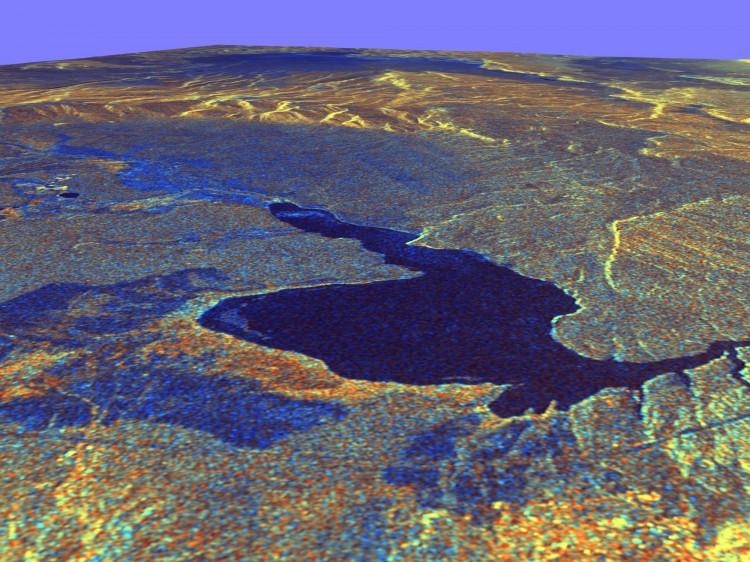One of the nation’s largest craters formed by volcanic eruption in California’s Eastern Sierra Nevada mountains could see significant seismic activity in the near future, but is not expected to erupt soon, according to a recent study by scientists at the California Institute of Technology.
Researchers used advanced imaging technology to analyze underground formations of the so-called Long Valley caldera, which sits atop a super volcano that last erupted approximately 100,000 years ago—with their findings published in the Science Advances journal on Oct. 18.





